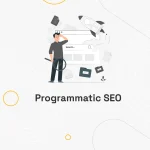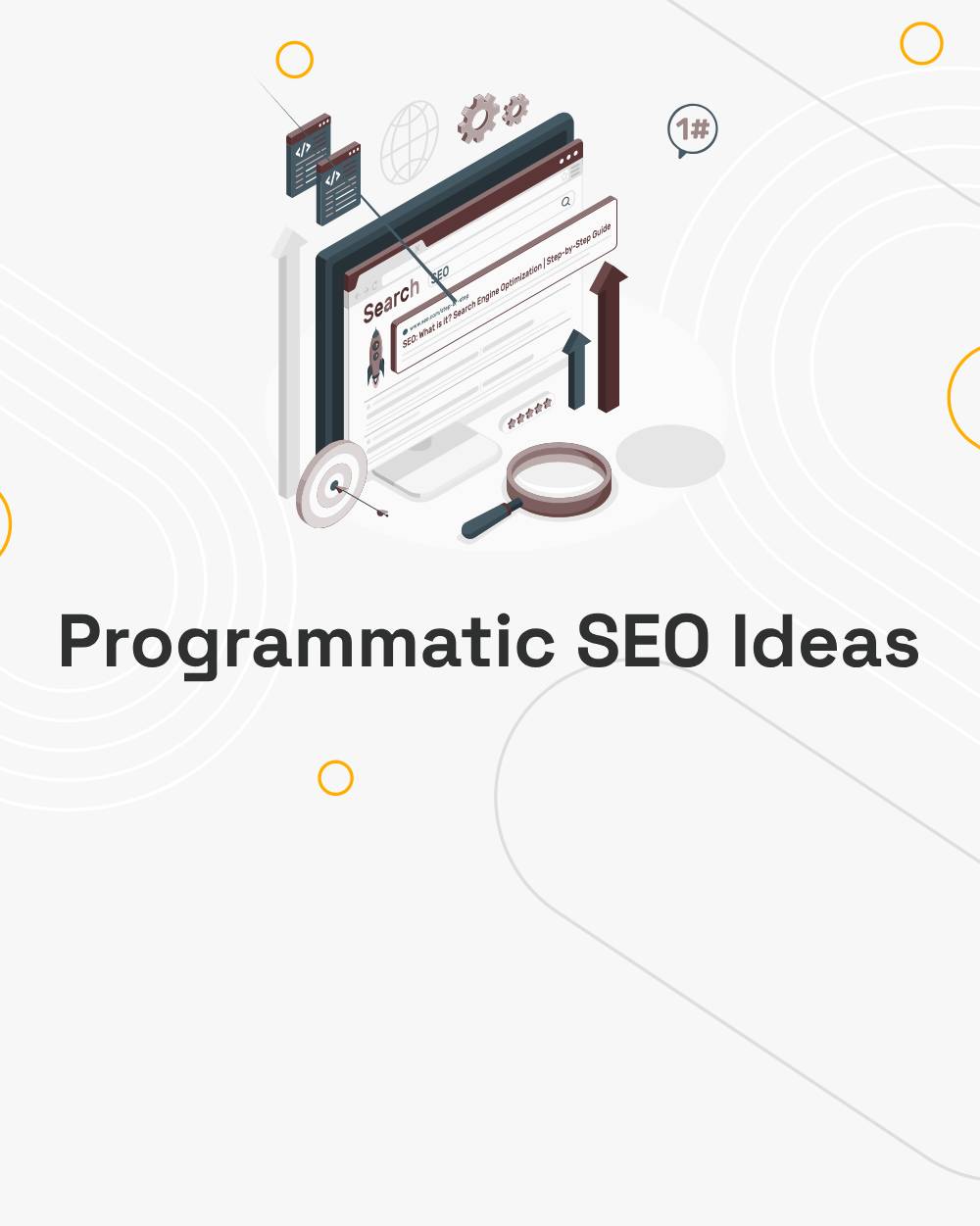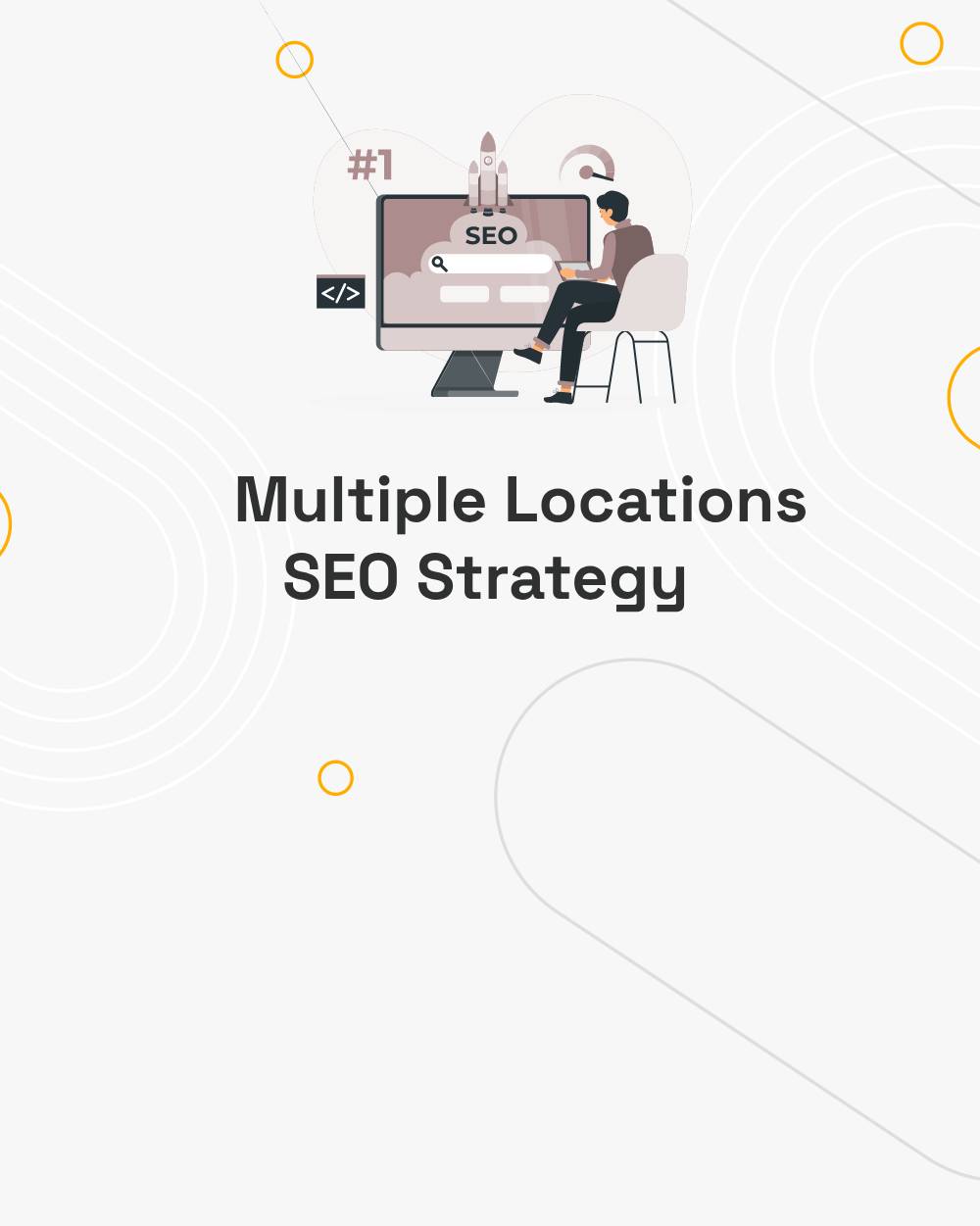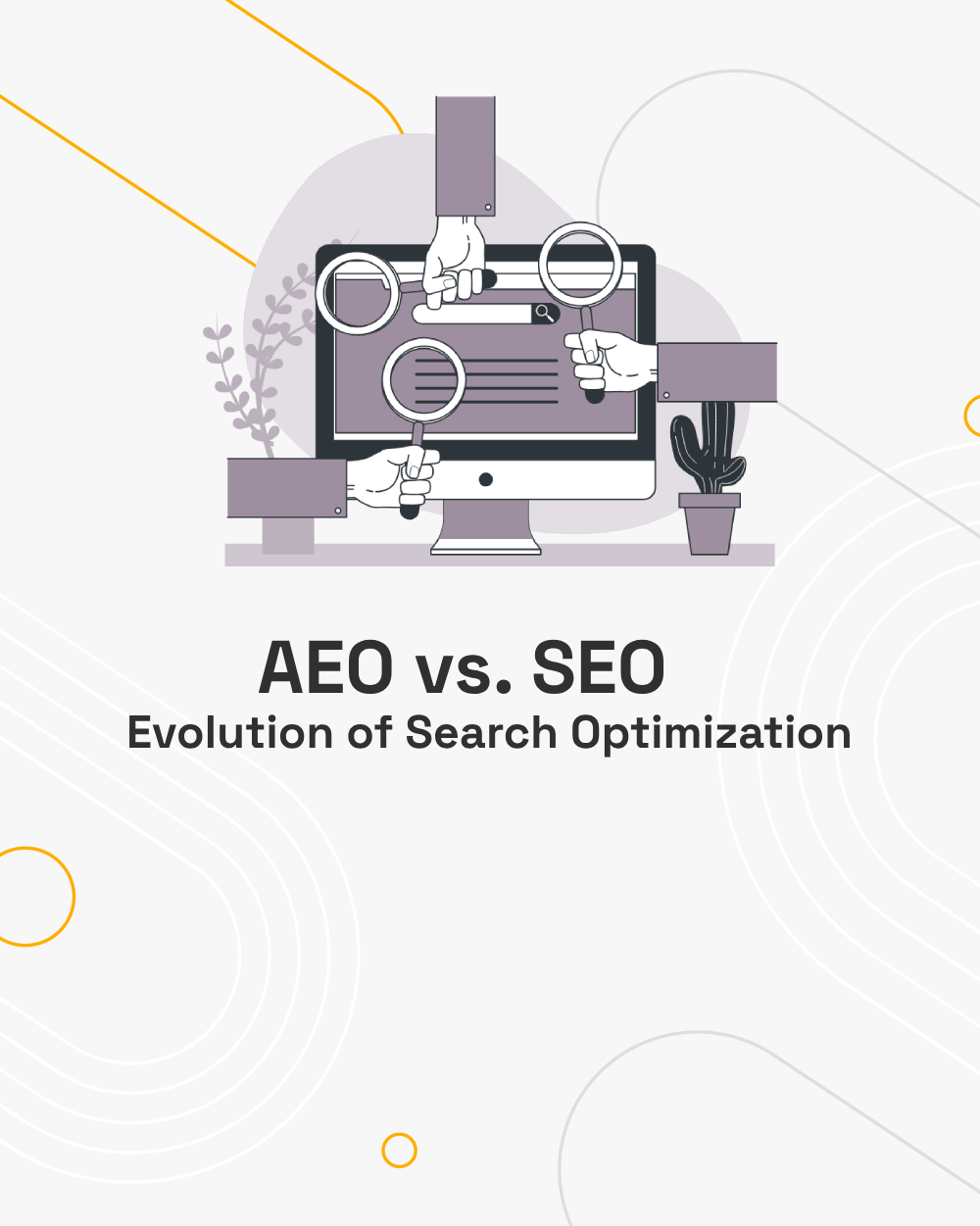In today’s digital landscape, programmatic approaches to niche selection and content creation are reshaping the way entrepreneurs and marketers identify, build, and scale online ventures. By leveraging automation and data-driven insights, programmatic niche ideas enable individuals and businesses to pinpoint underserved markets and produce targeted content at scale. Here’s a comprehensive look at what programmatic niche ideas entail, their benefits, and examples to inspire your next big project.
What Are Programmatic Niche Ideas?
Programmatic niche ideas are business or content concepts that leverage automation and algorithms to identify, analyze, and capitalize on specific, often underserved, online niches. Unlike traditional niche selection, which relies heavily on manual research and intuition, programmatic methods use tools, APIs, and data analytics to:
- Identify keyword trends.
- Analyze competitor landscapes.
- Evaluate potential traffic and monetization opportunities.
- Automate content creation and optimization.
The programmatic approach is particularly valuable for entrepreneurs seeking to scale quickly and efficiently by creating hyper-targeted content across multiple niches.
Benefits of Programmatic Niche Strategies
1. Scalability
Automation allows creators to build hundreds or even thousands of niche-specific pages or websites with minimal manual effort. This scalability makes it feasible to experiment with multiple ideas simultaneously.
2. Data-Driven Insights
By leveraging tools like Google Keyword Planner, Ahrefs, or SEMrush, programmatic methods provide actionable insights into search volume, competition, and user intent. This ensures niches are chosen based on real opportunities rather than guesswork.
3. Cost-Effectiveness
The programmatic approach minimizes the cost of research and content creation by automating repetitive tasks such as keyword clustering, article generation, and performance tracking.
4. Adaptability
Niches evolve over time, and programmatic tools can help you stay ahead of the curve by continuously monitoring trends and updating strategies accordingly.
7 Unique Programmatic Niche Ideas
Here are some unique programmatic niches that hold potential:
1. Hyper-Local Business Directories
Hyper-local directories cater to extremely specific geographic areas, such as “pet-friendly cafes in [neighborhood]” or “best plumbers in [small town].” These directories are valuable because they provide tailored recommendations and services for users seeking local solutions.
- How to Execute: Use APIs like Google Places to fetch location data, ratings, and reviews. Automate the creation of pages for each area by combining location-specific keywords and structured data.
- Monetization: Earn through local ads, affiliate partnerships, or subscription-based premium listings for businesses.
2. Personalized Meal Planning
Meal planning can be highly specialized based on dietary needs, fitness goals, or personal preferences. Examples include “low-sodium vegan recipes,” “high-protein keto meals for athletes,” or “family-friendly gluten-free dinners.”
- How to Execute: Integrate recipe databases and user forms to collect preferences, such as dietary restrictions or caloric goals. Use programmatic tools to generate dynamic, personalized meal plans.
- Monetization: Offer premium access to detailed shopping lists, integrate affiliate links to grocery delivery services, or partner with nutrition coaches.
3. Career and Skill Development Guides
Specialized guides for niche professions or skills are in high demand, especially for emerging careers. Think “how to become a drone operator,” “freelance video editing for beginners,” or “coding for kids.”
- How to Execute: Use automation to curate job descriptions, certification requirements, salary data, and skill development resources. Organize these into clear, actionable steps for users.
- Monetization: Sell eBooks, online courses, or offer membership access to exclusive content and tools.
4. Health Condition Support Communities
Health-focused content hubs that address specific conditions, such as “managing chronic migraines” or “life after ACL surgery,” serve as a valuable resource for those seeking reliable, condition-specific information.
- How to Execute: Build FAQ pages, symptom trackers, or automated resources using medical data from trusted sources. Add interactive features like progress trackers or forums for community engagement.
- Monetization: Partner with healthcare brands, offer premium subscriptions, or generate affiliate income through product recommendations (e.g., wellness tools).
5. Eco-Friendly Product Comparisons
With sustainability becoming a priority, eco-conscious niches such as “biodegradable packaging for small businesses” or “solar-powered camping gear” are gaining traction.
- How to Execute: Automate detailed product comparisons by pulling specifications, reviews, and pricing from APIs or web scraping. Highlight sustainability metrics to attract eco-minded users.
- Monetization: Include affiliate links to eco-friendly product suppliers or create a “green business” certification service.
6. Event Preparation Checklists
Event planning involves numerous small tasks, and customized checklists are a valuable tool. Examples include “wedding planning for small outdoor venues” or “checklist for first-time marathon runners.”
- How to Execute: Develop dynamic checklists that adapt based on user inputs (e.g., event size, location, or preferences). Use automation to pre-fill data and suggest tailored solutions.
- Monetization: Earn through sponsorships, affiliate partnerships with event suppliers, or premium downloads for printable checklists.
7. Specialized Travel Itineraries
Travelers increasingly seek unique experiences, such as “history tours in Eastern Europe,” “family-friendly adventures in Southeast Asia,” or “luxury solo travel in the Arctic.”
- How to Execute: Use travel APIs (like TripAdvisor or Booking.com) to fetch attraction details, accommodations, and local guides. Automate itinerary creation by combining user preferences with pre-defined templates.
- Monetization: Offer affiliate bookings, sell premium itineraries, or partner with tour operators for referrals.
Tools and Technologies for Programmatic Content Creation
To succeed with programmatic niche ideas, you’ll need a robust tech stack. Here’s a detailed breakdown of the tools and technologies essential for implementing programmatic content creation:
1. Keyword Research Tools
Google Keyword Planner, Ahrefs, SEMrush, Ubersuggest: These tools help identify high-potential niches by analyzing keyword trends, search volume, and competition levels. They also provide data on related keywords and long-tail opportunities to ensure comprehensive targeting.
2. Content Automation Platforms
GPT Models (e.g., OpenAI), Jasper, Content at Scale: Use AI-powered tools to automate content creation. These platforms can generate well-structured, SEO-optimized articles, meta descriptions, and even social media posts. They save time and ensure content consistency across pages.
3. Website Builders with API Integrations
WordPress, Webflow, Custom CMS Platforms: Use flexible CMS solutions that allow API integrations to dynamically generate pages based on programmatic inputs. For example, combine location data or product specifications directly into website templates.
4. Scraping and Data Collection Tools
Python Libraries (BeautifulSoup, Scrapy): Ideal for gathering structured data from websites to feed into your content. Tools like Import.io simplify the process of extracting data without extensive coding knowledge.
APIs (e.g., Google Places, OpenWeather): These are critical for fetching real-time or localized data, such as business listings, weather updates, or travel recommendations.
5. SEO Optimization Tools
Yoast SEO, Rank Math: Optimize programmatically generated content for search engines. These tools ensure on-page SEO elements like meta tags, keyword density, and readability scores are properly configured.
6. Image and Visual Content Tools
Canva, Adobe Express, AI-Powered Image Generators (e.g., DALL-E): Automate the creation of high-quality visuals for articles, comparison tables, or infographics to enhance user engagement.
7. Analytics and Tracking Tools
Google Analytics, Hotjar: Track user behavior, page performance, and conversion rates. Custom dashboards can be created to monitor key metrics like bounce rates and session durations, helping refine programmatic strategies over time.
Data Studio or Power BI: Aggregate data from multiple sources to visualize performance trends across programmatically generated content.
8. Workflow Automation Tools
Zapier, Integromat: Automate repetitive tasks such as publishing content, updating databases, or notifying teams of milestones. These tools are essential for maintaining efficiency in large-scale operations.
9. Natural Language Processing (NLP) Tools
SpaCy, Hugging Face: Integrate NLP tools to fine-tune AI-generated content, ensuring tone, grammar, and semantic relevance meet user expectations.
10. Collaboration Tools
Asana, Trello, Slack: Keep teams aligned on workflows, especially when managing multiple niches or large-scale content projects. Collaboration tools help streamline communication and task management.
Best Practices for Implementing Programmatic Niche Ideas
1. Focus on Quality Over Quantity
While automation allows for rapid content creation, prioritizing quality is critical. Poorly written or irrelevant content can harm your credibility and fail to engage your audience. Invest in tools and workflows that ensure output is accurate, engaging, and valuable. Employ content review processes and regularly update pages to maintain relevance.
2. Monitor Trends Closely
The digital landscape evolves rapidly, and staying updated with the latest trends is vital. Use tools like Google Trends and industry reports to identify shifts in user interests or emerging niches. Build flexibility into your strategy to quickly pivot and target new opportunities as they arise.
3. Leverage Personalization
Personalized content resonates better with audiences. Use data such as user location, preferences, or browsing history to tailor recommendations or dynamically generate content. For example, offer location-specific tips or adjust tone and style based on user demographics.
4. Test and Optimize
Continuous testing is essential for maximizing performance. Conduct A/B tests for headlines, layouts, or CTAs (calls to action) to determine what drives the best results. Use analytics to track key performance indicators (KPIs) like traffic, conversion rates, and bounce rates. Iterate based on findings to improve user experience.
5. Stay Ethical
Transparency and ethical practices build trust with your audience. Avoid misleading clickbait or low-quality content that prioritizes quantity over substance. Ensure that all automated processes adhere to copyright laws and avoid scraping sensitive data without permission. Respect user privacy by complying with regulations like GDPR and CCPA.
6. Balance Automation and Human Oversight
Automation can streamline processes, but human oversight ensures authenticity and quality. Use automation for repetitive tasks like data gathering or template generation, but involve human editors to refine tone, fact-check, and add creative elements that enhance user engagement.
7. Focus on SEO Best Practices
Search engine optimization (SEO) is crucial for driving organic traffic. Ensure your programmatic content adheres to SEO standards, including keyword optimization, proper meta tags, and mobile-friendly design. Regularly audit your site for broken links, outdated information, or slow loading times that could impact search rankings.
8. Engage with Your Audience
Encourage interaction by adding comment sections, surveys, or forums where users can share feedback or ask questions. Engaging directly with your audience not only builds community but also provides valuable insights into their preferences and needs, which you can use to improve content.
9. Diversify Monetization Strategies
Relying on a single revenue stream can be risky. Combine multiple monetization strategies such as affiliate marketing, ads, premium memberships, and sponsored content to maximize profitability while catering to different audience segments.
10. Document and Refine Your Workflow
Create a clear workflow for implementing programmatic niche strategies, including research, content creation, and performance analysis. Continuously refine this process as you identify bottlenecks or new opportunities to improve efficiency and outcomes.
Final Thoughts
Programmatic niche ideas offer an exciting frontier for marketers and entrepreneurs. By leveraging automation and data insights, you can tap into underserved markets, scale efficiently, and stay ahead in an increasingly competitive online space. The key lies in balancing automation with creativity and ensuring that your content aligns with the needs of your audience. With the right tools and strategies, the possibilities are virtually limitless.




